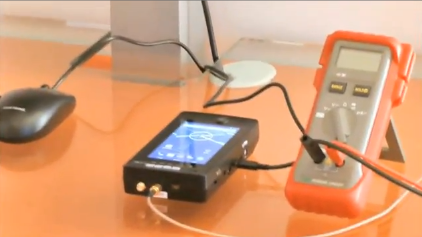Here are two great reads on corporate culture at two companies that are making well over $1M revenue per employee. And since they’re both in the software business, with very little to no production cost, and close to 100% margins, that’s a nice revenue number per employee to have.
Inside Facebook’s Internal Innovation Culture
Valve’s handbook for new employees
Besides their very flat corporate structure, the following two similarities stood out to me:
1. Learn by making
Facebook:
We’re very much a build and prototype culture. Ideas presented on slides just don’t “stick.” It can be hard to judge something if you’re not part of the process of making it.
Valve:
Everyone is a designer. Everyone can question each other’s work. Anyone can recruit someone onto his or her project. Everyone has to function as a “strategist,” which really means figuring out how to do what’s right for our customers. We all engage in analysis, measurement, predictions, evaluations.
The Lean Startup approach is similar, where the first step is to figure out the problem that needs to be solved and then develop a minimum viable product (MVP) to begin the process of learning as quickly as possible.
2. Move around
Facebook:
Teams at Facebook often physically move around their desks and furniture to focus on hatching fresh ideas by joining new groups. The new office space we’re building will have moveable walls and furniture so workers can feel nimble and ready to switch gears, building on the current Facebook practice of reconfiguring desks and chairs.
Valve:
You’ll notice people moving frequently; often whole teams will move their desks to be closer to each other. There is no organizational structure keeping you from being in close proximity to the people who you’d help or be helped by most.
And that just makes a lot of sense.













